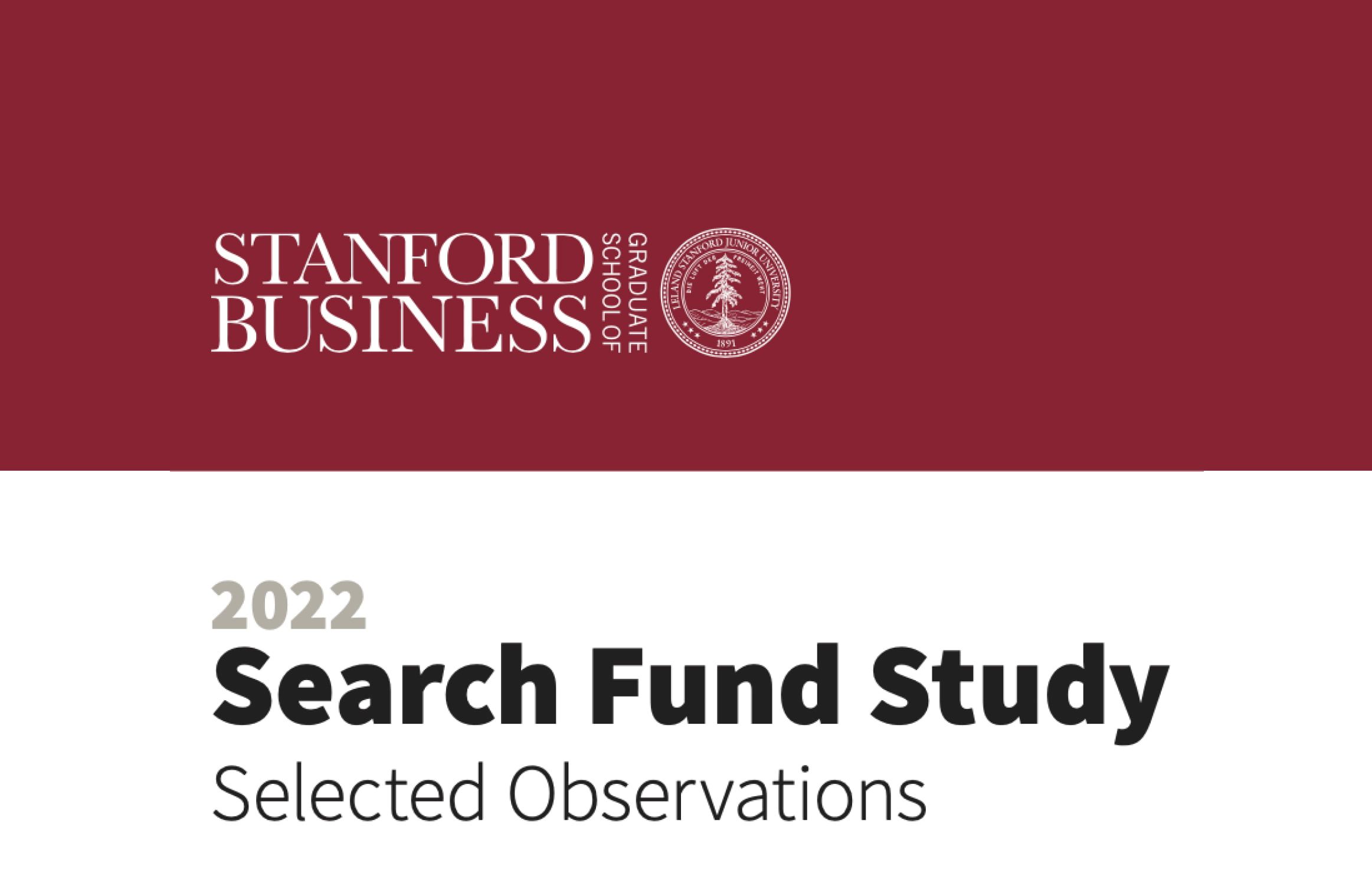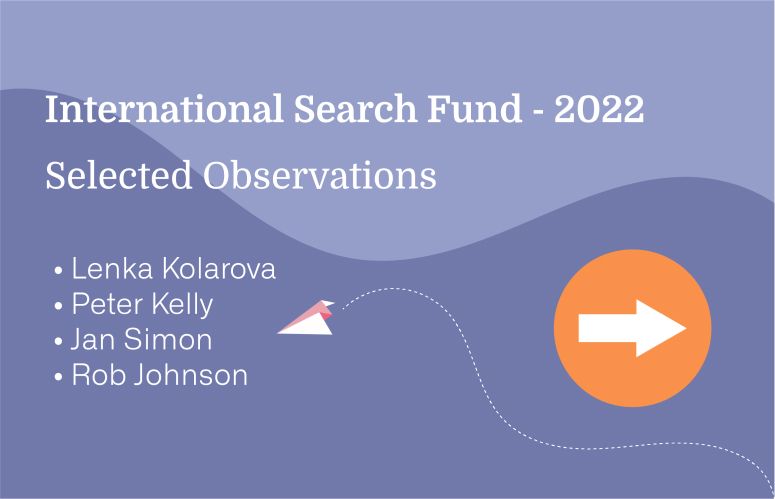There are multiple ways into the world of entrepreneurship, including buying an existing business. For prospective entrepreneurs who are motivated by the desire to build and manage their own business, but who may lack an idea or the desire to start a company from scratch, acquiring a small business may be an excellent option to consider.
In 1984, H. Irving Grousbeck pioneered a new investment vehicle, commonly termed a “Search Fund,” with the aim of allowing young aspiring entrepreneurs the opportunity to search for, acquire, manage, and grow a company. “It’s the most direct route to owning a company that you yourself manage,” Grousbeck said.
In the past several years, the search fund model has gained popularity. When the Center for Entrepreneurial Studies (CES) at the Stanford Graduate School of Business conducted its first Search Fund Study at the end of 2001, it identified 46 first-time search funds. The number had grown to 177 by the end of2013. While the search fund model continues to be most popular among newly minted MBAs (49% of searchers as of our most recent study), it has captured the interest of many mid-level managers several years out of business school, and increasing numbers of individuals without any formal business education.
The entrepreneurial aspect, the challenge of growing an existing company, and the independence the model provides draw many people to it, as does the 34.9 percent IRR and 10.0x multiple of investment for search funds as an asset class (as of 2013). The search fund model is not without risks, however.
More than one in five search funds have not acquired a company despite the principal(s) spending 23 years in this pursuit
This Primer on Search Funds is intended for those seriously considering the search fund route. It attempts to answer the most frequently asked questions raised by people embarking on the process. It aims to provide an unbiased view of the benefits and challenges, explains the model from the entrepreneurs’ and the investors’ perspectives, and gives many operational and execution tips from previous search fund entrepreneurs. In preparing this guide, we have spoken to and drawn from the experience of numerous entrepreneurs, GSB and HBS faculty, and search fund investors.
The document is divided into several parts:
- Part I introduces the search fund model, provides data on previous search fund entrepreneurs and investment returns, and asks the readers to question whether the search fund model is appropriate for them.
- Part II addresses fundraising.
- Part III explains the economics of a search fund.
- Part IV explores setting criteria as a framework for finding suitable acquisitions and evaluating industries.
- Part V explores the process of searching for acquisition candidates.
- Part VI discusses evaluating acquisition opportunities and the acquisition process.
- Part VII focuses on the transition of ownership and management once an acquisition is completed.
Please note for simplicity we refer to search fund entrepreneurs as singular, even though many search funds are undertaken in a partnership by a pair of entrepreneurs.
We extend a special word of thanks to those who have helped create this Primer. Many former, current, and aspiring searchers and search fund investors contributed to and edited this new version. GSB alums William Norvell and Coley Andrews and GSB lecturer David Dodson contributed significantly to this update. Elad Benjamin created the original version, and the law firms Choate, Hall & Steward LLP and Perkins Coie LLP graciously wrote memos and contributed sample legal documents found in the exhibits to this Primer.


